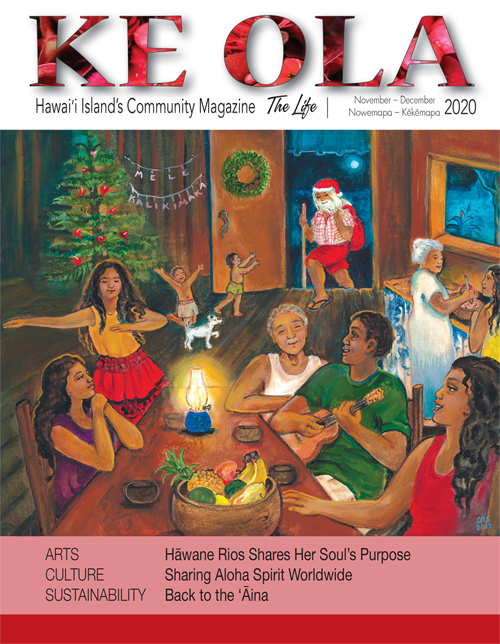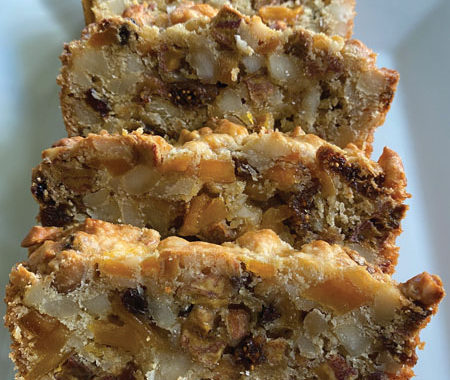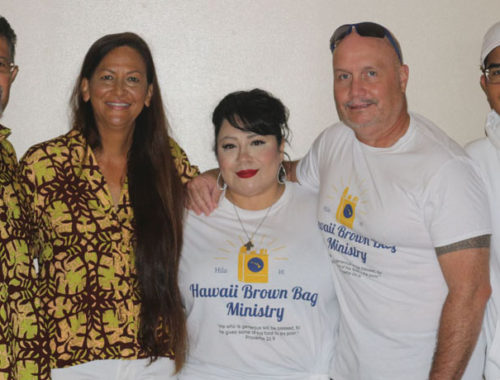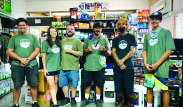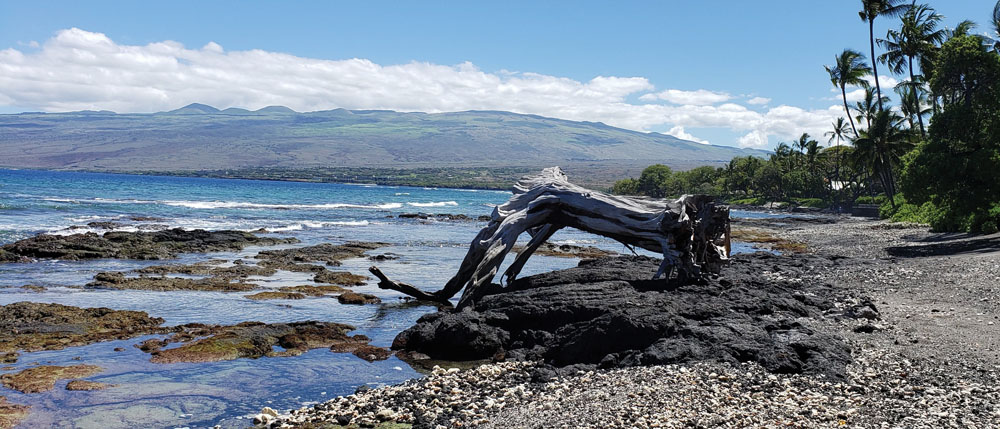
Hawai‘i Wai Ola Is Stepping It Up To Test Coast Water Quality

By Rachel Laderman
When government can’t catch up with a pressing environmental problem, concerned residents often step in. Here on Hawai‘i Island, water quality equates to quality of life, yet the state Department of Health (DOH) Clean Water Branch has only two employees to monitor all 750 miles of the island’s coastlines for pollutants. The DOH prioritizes high-use areas and samples as frequently as funding allows, but is unable to visit all the popular swim spots. It’s not surprising, then, that volunteering to address coastal pollution has risen to a serious level.
Cue Hawai‘i Wai Ola, a newly formed group with many partners focused on improving Hawai‘i Island’s coastal water quality. “We are training citizens in scientific methods to help collect data that can be used seamlessly with state sampling and empowers community with important science to showcase environmental impacts,” says Erica Perez, program manager for the Coral Reef Alliance (CORAL) and Hawai‘i Wai Ola’s lead organizer.
“Hawai‘iʻs poor water quality is largely an invisible problem. When you look out at the ocean, especially in places like Kona that don’t have widespread sediment runoff, the water looks pristine—clear and blue. It doesn’t ‘look’ like sewage, pesticides, fertilizer, and other pollutants are entering the ocean at an alarming rate,” says Kathleen Clark, who works for The Kohala Center and is the Kona regional coordinator for Hawai‘i Wai Ola.
“Data we collect can help determine where the areas of most need are. Currently there are large data gaps and we are hoping to fill those gaps using a community stewardship model,” says Kathleen. “Volunteers will collect samples to identify areas of concern.”
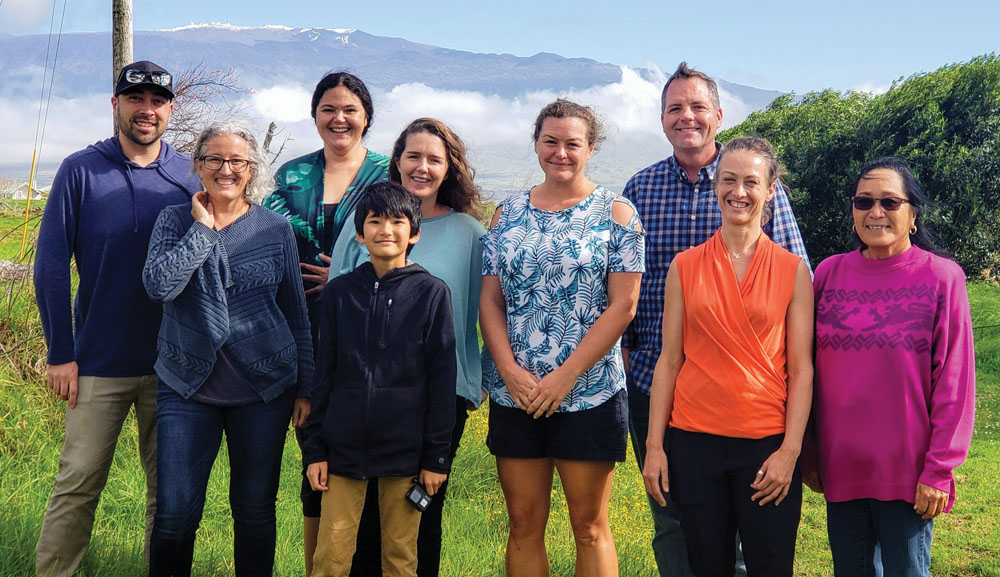
Stepping In
An example of how community involvement can bring about water quality improvements is at Kahalu‘u Bay. Volunteers have helped The Kohala Center staff monitor the coral at this popular beach over time. “After the 2015 bleaching event we lost about 90% of the cauliflower coral along the Kona Coast,” says Kathleen. “Kahalu‘u Bay used to be dotted with hundreds of dark pink and brown cauliflower colonies and now there are only a handful of colonies remaining.”
“For the past three years, with the guidance of other agencies and using local residents’ monitoring observations, we have successfully advocated for the closure of the beach park during spawning to allow for the undisturbed reproduction of this now rare species,” says Kathleen.
Stepping It Up
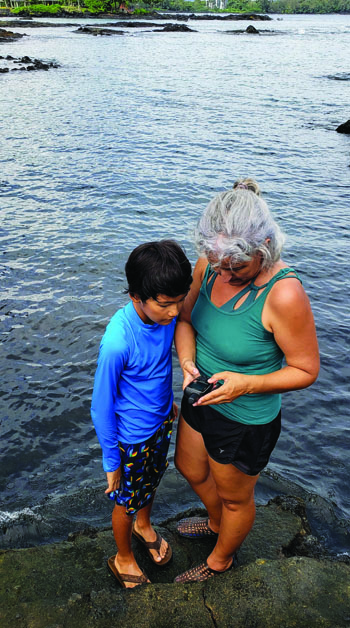
The DOH is all for working with partners committed to quality-assured monitoring. Kim Falinski, with The Nature Conservancy and author of the Hawai‘i Wai Ola Quality Assurance Plan, originally created this model of citizen-science water sampling for the Maui program Hui O Kai Wai Ola. The goal of both programs is that approved sampling data go directly into the DOH system.
Building off this work, CORAL and other groups including the Hawai‘i Division of Aquatic Resources, Surfrider Foundation, The Nature Conservancy, The Kohala Center, Waiwai Ola Waterkeepers Alliance, Lynker’s Sustainable Pacific Program, and the South Kohala Coastal Partnership have organized Hawai‘i Wai Ola to be Hawai‘i Island’s rigorous citizen-science program. Roots for this program also go back over 10 years to work done by concerned residents in Puakō addressing declining water quality.
Hawai‘i Wai Ola aims to train volunteers to help with sampling, data management, quality assurance, and lab work. Beach sampling will take two or three people around three hours, as they follow testing protocols for enterococcus bacteria, nutrients, salinity, turbidity, dissolved oxygen, temperature, and pH. Currently staff are sampling 16 locations in South Kohala, Kona, and Hilo, and the program plans to add sites as interest and support allow.
As Kathleen says, “Community stewardship programs like this are the perfect way to get the people who know and love a place to take an active role in its care. These places need a voice and we can try and help be that voice.”
How to Get Involved
To volunteer with the Clean Ocean Team: hawaiiwaiola.com
To look at DOH sampling locations and data:
cwb.doh.hawaii.gov/CleanWaterBranch/WaterQualityData/default.aspx
To check current water quality advisories: eha-cloud.doh.hawaii.gov/cwb/#!/landing
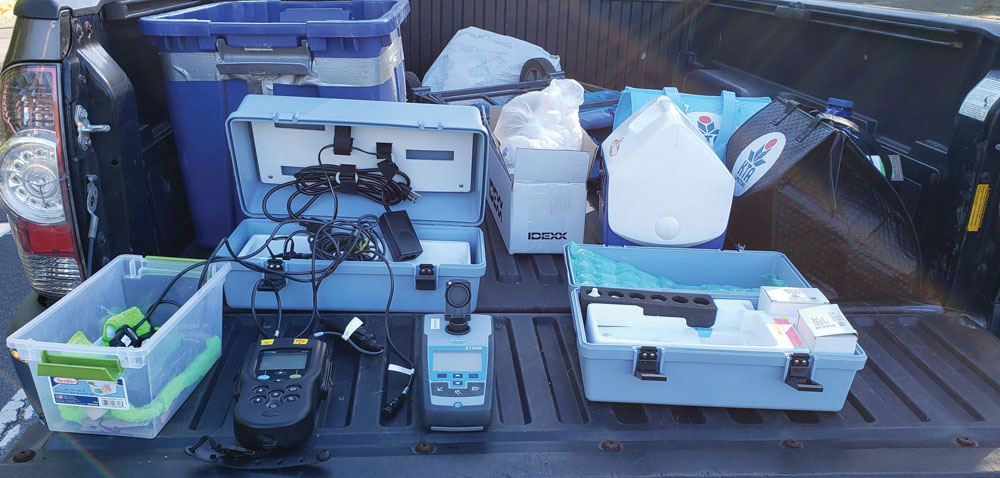
Rachel Laderman, Sustainable Pacific Program, Lynker LLC/NOAA Affiliate, Hawai‘i Island
